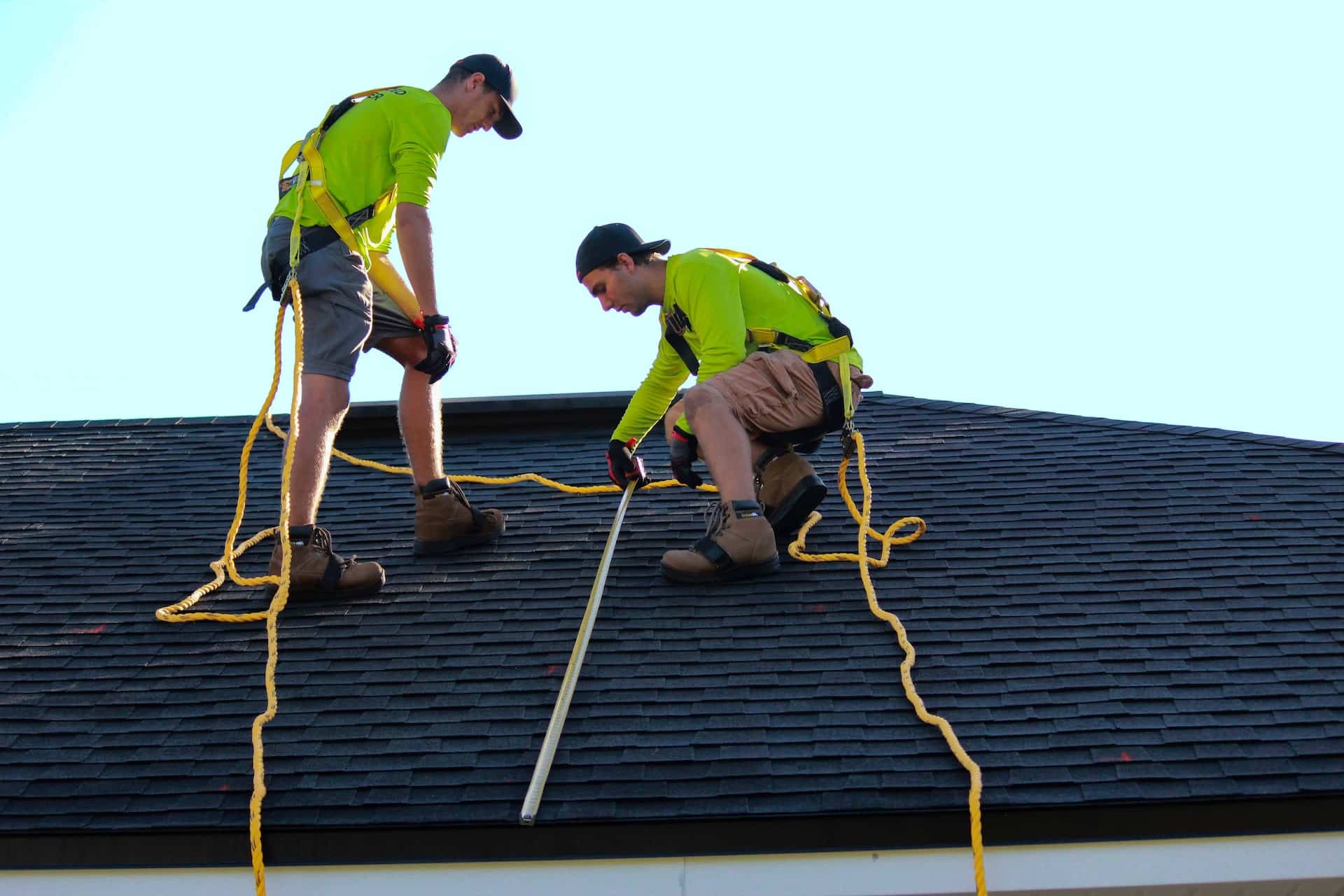Your Roof's Longevity: How Much One Can Really Anticipate It to Last

Regarding the safety and integrity of your home, the roof over your head plays a crucial role. Knowing the lifespan of your roof and understanding the right time to replace it can help you avoid financial losses and potential damage to your home. Many homeowners frequently ask the expected duration of their roofing system, and the timeframe can change significantly depending on several factors, such as the roofing material, local climate, and how well it’s maintained. In exploring this topic, we will look into the average lifespan of various roofing materials, indications that you need a new roof, and essential maintenance tips to extend its life.
Whether you are considering a roof replacement, performing standard inspections, or managing the aftermath of extreme weather, possessing accurate knowledge is vital. In this article, we will guide you through the steps for replacing and installing a roof, look at the pros and cons of different roofing materials, and offer advice regarding working with a professional as opposed to DIY repairs. By equipping yourself with knowledge about your roof’s lifespan and maintenance needs, you can ensure your home remains safe and sound for years to come.
Comprehending Rooftop Lifespan
The lifespan of a roof differs significantly depending on the substance used, the assembly standard, and the maintenance administered over the time. For example, bitumen shingles commonly survive around two to three years, while aluminum roofs can go beyond fifty years with suitable care. Grasping these differences is crucial for householders who want to make informed decisions about their roofing options.
Aspects such as environment, weather patterns, and local regional conditions also hold a vital role in establishing how much time a ceiling will last. Areas vulnerable to harsh climatic conditions, such as intense snowfall, tropical storms, or intense heat, can experience shortened durability due to the increased pressure on roofs. Routine maintenance and swift repairs can significantly lengthen a roof's duration, making it imperative for householders to stay vigilant about possible problems.
In conclusion, the choice of roof type not only impacts duration but also care requirements and financial factors. Homeowners should weigh the benefits and drawbacks of different ceiling options, from traditional asphalt to contemporary eco-friendly options, when selecting the optimal choice for their homes. By grasping these factors, householders can improve their ability to prepare for roof replacement and ensure they choose a roofing solution that meets their demands in the long run.
Signs You Need a New Roof
One of the key indicators that you may need a new roof is the age of your current roofing material. Typically, asphalt shingles last approximately 20 to 25 years, whereas metal and tile roofs can endure longer, occasionally even exceeding 50 years. Should your roof be nearing or surpassing its expected lifespan, it’s prudent to contemplate a replacement before major problems occur. Regular inspections can help assess the condition of the roof and determine if replacement is necessary.
A further indicator to watch for is evident damage or decay. This can manifest as missing shingles, curling edges, or bald spots where granules have worn away. Moreover, inspect for any sagging sections, which might suggest there is structural damage lurking underneath. The presence of water stains on your ceilings or walls can indicate a leak, showing that your roof is failing to adequately safeguard your home. If you notice these issues, it’s essential to consult with a roofing professional to evaluate the extent of the damage.

Lastly, if you find granules from your shingles accumulating in your gutters or downspouts, it’s an indication of wear and tear. The depletion of granules diminishes the roof's capacity to shield against UV rays and environmental conditions, ultimately resulting in a reduced lifespan. Another concerning sign is the development of mold or moss growth, which can trap moisture against the roof and accelerate deterioration. Addressing these problems promptly can help you decide if it’s time for a new roof to ensure the ongoing safety and integrity of your home.
Roof Replacement Fundamentals
Deciding to substitute your roof is a crucial decision that requires thorough consideration. Homeowners should start by evaluating the current state of their roof and figuring out how much time is left in it. Routine inspections can help identify problems like water intrusion or broken tiles, which may suggest it’s time for a replacement roof. Moreover, understanding various roofing options and their respective lifespans, maintenance needs, and expenses can guide property owners in making an educated choice.
The procedure of roof substitution includes several key steps. First, it’s crucial to select the right roof material that suits your house’s design and climate. This includes weighing the advantages and cons of choices like bitumen tiles, metal roofing, and ceramic roofs. Once the option is chosen, recruiting a skilled roofing professional is crucial. A trusted professional will conduct a comprehensive evaluation, provide a detailed quote, and make sure the setup is performed properly, minimizing subsequent issues.
Following setup, regular maintenance is essential to extend the durability of your new roofing. navigate to this site should schedule periodic checkups, clear waste, and address any repairs promptly to stop small issues from growing. Being proactive in roof care not only safeguards your asset but also increases your property's total value and safeguards against extreme climatic situations, which makes it a sound investment for an extended period to come.
